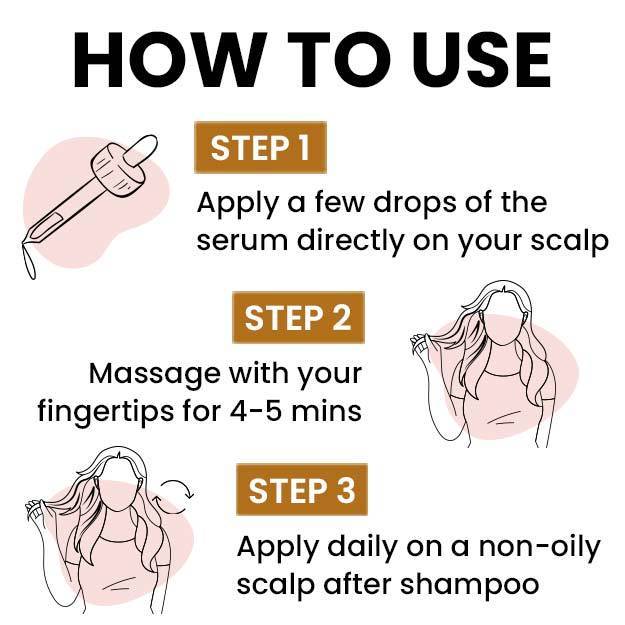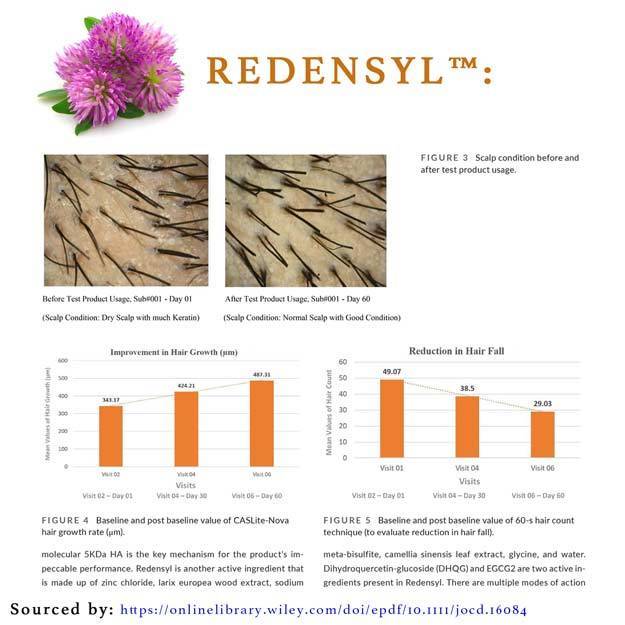In this fast-paced life, most people are not able to take proper nutritious food, due to which their hair is not getting the necessary nutrition. Hair health is also being affected due to air pollution and water pollution. Problems like stress and mental pressure are also causing hair damage somewhere. Along with all these factors, there are also some hair diseases, about which it is important to be aware, so that they can be treated in time. There is one such hair problem, which is called scarring alopecia or spotted baldness. In this article you will know in detail what are the symptoms, causes and treatment of scarring alopecia -
(Read more -Hair fall reasons)

























































